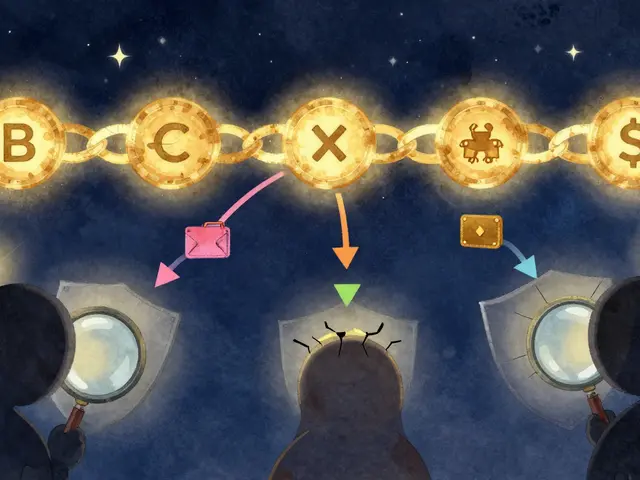Bitcoin Allocation: How to Distribute Your Bitcoin Holdings Smartly
When you hear Bitcoin allocation, the percentage of your total investment portfolio held in Bitcoin, it’s not about how much you own—it’s about whether it makes sense for your goals. Most people buy Bitcoin because they hear it’s the "digital gold," but then they throw 80% of their savings into it without thinking about risk, timing, or diversification. That’s not investing. That’s gambling with a fancy label. True Bitcoin allocation means asking: How much can I afford to lose? What’s my time horizon? And what else should I own alongside it?
Crypto allocation isn’t just about Bitcoin. It’s about how Bitcoin fits into your larger digital asset distribution. You might own Ethereum for smart contracts, stablecoins for stability, or memecoins for fun—but Bitcoin is usually the anchor. Studies from crypto portfolio trackers show that investors who keep Bitcoin between 20% and 50% of their crypto holdings tend to sleep better during crashes. Why? Because they’re not all-in. They’ve built a buffer. That’s the difference between reacting in panic and acting with strategy.
Here’s the hard truth: if you’re holding Bitcoin because you think it’s going to 100K tomorrow, you’re not managing allocation—you’re chasing hype. Real allocation considers volatility, liquidity, and your personal risk tolerance. If you’re saving for a house in five years, maybe Bitcoin should be 10%. If you’re retired and treating crypto like a side income, maybe it’s 5%. And if you’re young, with no debts and a high-risk appetite, maybe 30% is fine. But 90%? That’s not a portfolio. That’s a bet on one company in a market of thousands.
And don’t forget: Bitcoin investment isn’t just about buying. It’s about when to rebalance. If Bitcoin surges and now makes up 70% of your crypto stack, you’re exposed. Selling a little to buy other assets isn’t selling low—it’s locking in gains and spreading risk. That’s what smart allocation looks like. It’s not about timing the market. It’s about managing your exposure over time.
Below, you’ll find real breakdowns of tokens that people confuse with Bitcoin, exchanges that claim to help you allocate better (but don’t), and crypto projects that have nothing to do with Bitcoin but still steal attention. You’ll see how some tokens crashed 99% because no one understood allocation. You’ll learn why some people lost everything by treating memecoins like Bitcoin. And you’ll find clear, no-fluff examples of what works—and what doesn’t—when you’re trying to build a real crypto portfolio. This isn’t theory. It’s what people actually did, and what happened next.
How to Track and Manage Your Crypto Portfolio in 2025
Learn how to track and manage your crypto portfolio in 2025 with proven allocation strategies, top tools, and simple rules to avoid common mistakes. Build a disciplined, low-stress approach to crypto investing.





